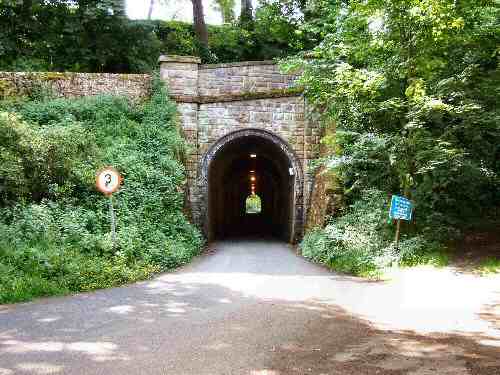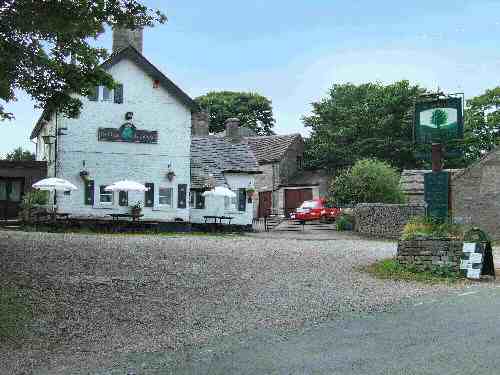WETTON MILL
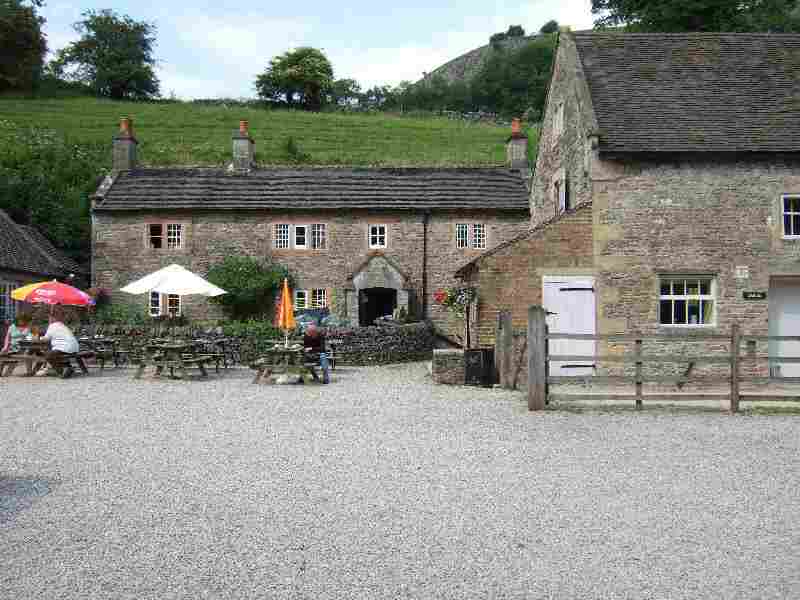
PLAN YOUR VISIT TO WETTON MILL
Location: Off-road parking is available along the roadside near Wetton Mill. Parking at the mill is for patrons only.
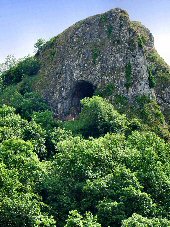
Visit: Thor’s Cave is located between Weag’s Bridge and Wetton Mill in the Manifold Valley. It is one of Staffordshire’s most important viewpoints, clearly visible several miles away and from neighbouring roads running through the valley. It is set in a rock face that rises steeply from the valley below, an eerie and awesome sight, the most spectacular in the valley. The cave rises 350 feet above the valley; its 60-foot entrance is very imposing, but the cave inside is comparatively small. A footbridge and a steep, stepped, and sometimes slippery climb take you to the cave from the valley floor, which can be quite treacherous in wet weather. But if you can make it, you will be well rewarded for your effort by the excellent view. Rock climbers use the area around the cave, some of the climbs being officially rated as very severe. It has been used as the location for several films, including the 1988 film The Lair of the White Worm, directed by Ken Russell and starring Hugh Grant. The cave also appeared on the front cover of The Verve’s, a northern soul group’s first album, ‘A Storm in Heaven’.
Refreshments: The tearoom at Wetton Mill, Royal Oak at Wetton and food outlets at nearby Hartington.
Wetton: In the summer, Wetton is a picture with its pretty cottages and lovely gardens, and it is not surprising that so many people have decided to take their holidays in the village. For the more adventurous, there is the campsite behind the pub, but there is plenty of choice for those who prefer four walls. In the heart of the village is The Royal Oak, a cosy 400-year-old pub.
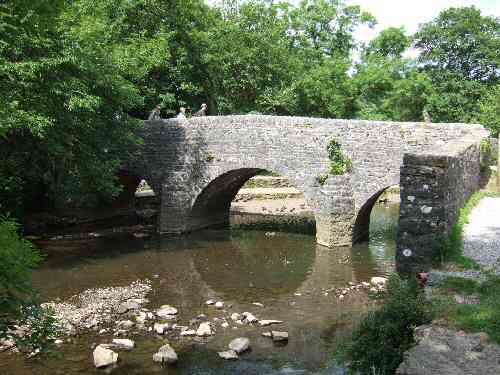
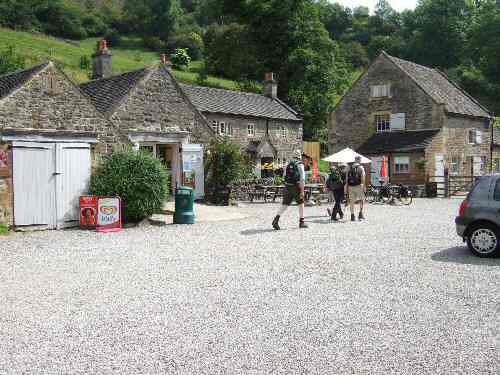
WETTON MILL
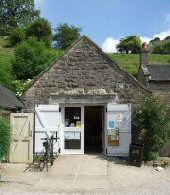
Wetton Mill, owned by the National Trust, is the starting point of many walks. It is a very popular spot with visitors to the Manifold Valley, which has some of the most spectacular scenery in the Peak District and is rich with wildflowers, butterflies, and birds. There is a tearoom, housed in one of the former grist buildings at the mill, which provides most welcome refreshments. It was originally a water mill used to grind corn. The remains of the millstream and an old grindstone can still be seen.
The river beds of the Manifold and Hamps are frequently dry during the summer months; the water having gone underground into the porous limestone rocks. During dry weather, the Manifold disappears at the mill and re-emerges from its underground journey from a boil hole at Ilam. Ossum’s Cave at The mill is known to have been used in the Stone Age, where flints were fashioned. Wetton Mill once had a railway station and waiting room, which had ceased production before the railway line was built.
The Leek and Manifold Light Railway used to run through the valley, from 1904 to 1934. It was a narrow-gauge railway that ran from Hulme End in the north to Waterhouses in the south and was operated by the North Staffordshire Railway Company. It was opened largely to provide faster service for milk and dairy products from farms around the valley and linked up with a daily milk train that ran from Waterhouses to London. It also provided easier transport for the copper mined at Ecton. Lack of sufficient business forced the line’s closure, and it has subsequently been turned into a trail for walkers and cyclists, only two miles of which from Swainsley Tunnel to Wetton Mill is not car-free.
